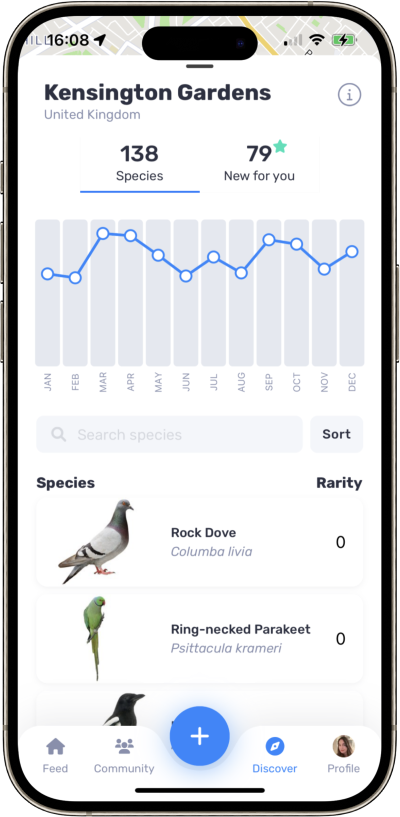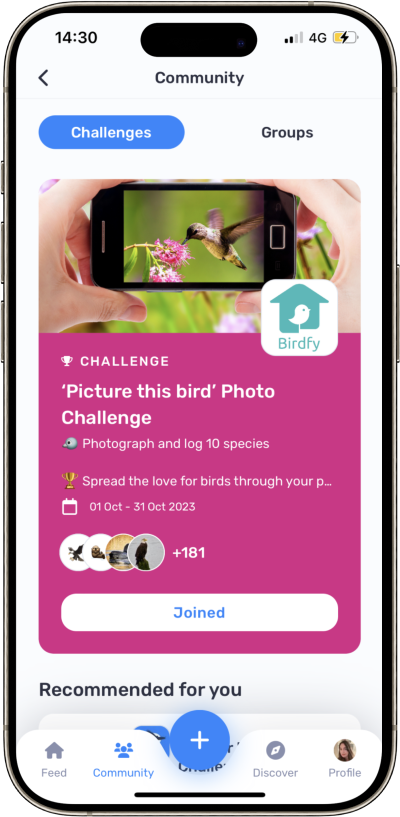loading...
Woodpeckers
Woodpeckers, part of the family Picidae which includes piculets, wrynecks, and sapsuckers, are found globally except in Australia, New Guinea, New Zealand, Madagascar, and the extreme polar regions. These birds primarily inhabit forests, but some can live in treeless areas like deserts, and the Gila woodpecker has even adapted to cacti. Recognized for pecking at tree trunks to forage for insects and larvae, woodpeckers communicate by drumming on trees, a sound audible from a distance. Their diets can include fruits, small animals, tree sap, and human scraps. Woodpeckers nest in holes they excavate in trees, which become habitats for other species once abandoned. Occasionally, woodpeckers come into conflict with humans by drilling into buildings or feeding on crops. The Picidae family, belonging to the Piciformes order, encompasses about 240 species in 35 genera, with nearly 20 species at risk of extinction because of habitat loss.
Woodpeckers possess varied sizes, ranging from the tiny bar-breasted piculet to the large great slaty woodpecker; their plumage too varies from drab for camouflage to conspicuous patterns with bold colors. Notably sexually dimorphic, these birds have zygodactyl feet (two toes facing forward and two back), enabling them to grasp tree trunks for vertical movement. These adaptations, along with their strong claws, legs, and stiffened tail feathers (except for piculets and wrynecks), allow for efficient climbing and pecking. Their beaks are strong and adapted for drumming and drilling, while their tongues are long and sticky, aiding in extracting food from crevices. Woodpeckers protect their brains from the impact of pecking through several anatomical adaptations. They also exhibit various flight patterns, are mostly sedentary, and prefer forests but can adapt to other habitats.
Woodpeckers engage in different behaviors, with some living solitarily while others form groups. Communication involves drumming and a range of vocal calls, with drumming serving as a territorial signal and part of courtship rituals. Most species feed on insects and invertebrates under bark and wood, playing a crucial ecological role in forest health by controlling pests. Breeding involves cavity nesting, mostly in trees, and they are predominantly monogamous, sometimes with cooperative breeding habits. The survival of woodpeckers is closely tied to the availability of trees for nesting and feeding.
Multiple studies have looked into the woodpecker's resistance to head injury from pecking, noting adaptations like spongy bone structure and uneven beak lengths that absorb impact energy. Furthermore, researchers have found tau protein accumulations in woodpeckers, akin to what is seen in human CTE, though the implications of this are not fully understood.
Regions
Categories
All
African & New World Parrots
Albatrosses
Anhingas, Darters
Antbirds
Antpittas
Antthrushes
Austral Storm Petrels
Barn Owls
Black-capped Donacobius
Caracaras, Falcons
Cardinals & Allies
Chachalacas, Curassows, Guans
Chats, Old World Flycatchers
Cormorants, Shags
Cotingas
Crescentchests
Crows, Jays
Cuckoos
Dippers
Ducks, Geese, Swans
Finches, Euphonias
Finfoots
Flamingos
Frigatebirds
Gannets, Boobies
Gnatcatchers
Gnateaters
Grebes
Gulls, Terns, Skimmers
Herons, Bitterns
Hoatzin
Hummingbirds
Ibises, Spoonbills
Jacamars
Jacanas
Kingfishers
Kites, Hawks, Eagles
Larks
Limpkin
Magellanic Plover
Manakins
Mitrospingid Tanagers
Mockingbirds, Thrashers
Motmots
New World Barbets
New World Quail
New World Sparrows
New World Vultures
New World Warblers
Nightjars
Northern Storm Petrels
Oilbird
Old World Parrots
Old World Sparrows, Snowfinches
Oropendolas, Orioles, Blackbirds
Ospreys
Ovenbirds
Owls
Oystercatchers
Painted-snipes
Pelicans
Penguins
Petrels, Shearwaters, Diving Petrels
Pheasants & Allies
Pigeons, Doves
Plovers
Potoos
Puffbirds
Rails, Crakes & Coots
Rheas
Sandpipers, Snipes
Sapayoa
Screamers
Seedsnipes
Seriemas
Sheathbills
Skuas
Starlings, Rhabdornis
Stilts, Avocets
Stone-curlews, Thick-knees
Storks
Sunbittern
Swallows, Martins
Swifts
Tanagers & Allies
Tapaculos
Thrushes
Thrush-tanager
Tinamous
Tityras, Becards, Sharpbill
Toucan Barbets
Toucans
Trogons
Tropicbirds
Trumpeters
Tyrant Flycatchers, Calyptura
Vireos, Greenlets, Shrike-babblers
Wagtails, Pipits
Waxbills, Munias & Allies
Waxwings
Weavers, Widowbirds
Woodpeckers
Wrens

Pale-crested Woodpecker
Celeus lugubris
Plain-breasted Piculet
Picumnus castelnau
Powerful Woodpecker
Campephilus pollens

Red-crowned Woodpecker
Melanerpes rubricapillus
Red-necked Woodpecker
Campephilus rubricollis
Red-rumped Woodpecker
Veniliornis kirkii

Red-stained Woodpecker
Veniliornis affinis

Ringed Woodpecker
Celeus torquatus
Robust Woodpecker
Campephilus robustus
Rufous-breasted Piculet
Picumnus rufiventris
Rufous-headed Woodpecker
Celeus spectabilis
Rusty-necked Piculet
Picumnus fuscus
Scaled Piculet
Picumnus squamulatus
Scaly-breasted Woodpecker
Celeus grammicus
Scarlet-backed Woodpecker
Veniliornis callonotus

Smoky-brown Woodpecker
Leuconotopicus fumigatus
Speckle-chested Piculet
Picumnus steindachneri

Spot-breasted Woodpecker
Colaptes punctigula

Spotted Piculet
Picumnus pygmaeus
Striped Woodpecker
Veniliornis lignarius
Varzea Piculet
Picumnus varzeae
Waved Woodpecker
Celeus undatus
White-barred Piculet
Picumnus cirratus
White-bellied Piculet
Picumnus spilogaster
White-fronted Woodpecker
Melanerpes cactorum
White-spotted Woodpecker
Veniliornis spilogaster
White-throated Woodpecker
Piculus leucolaemus

White-wedged Piculet
Picumnus albosquamatus

White Woodpecker
Melanerpes candidus

Yellow-bellied Sapsucker
Sphyrapicus varius

Yellow-browed Woodpecker
Piculus aurulentus

Yellow-eared Woodpecker
Veniliornis maculifrons

Yellow-fronted Woodpecker
Melanerpes flavifrons

Yellow-throated Woodpecker
Piculus flavigula

Yellow-tufted Woodpecker
Melanerpes cruentatus
Yellow-vented Woodpecker
Veniliornis dignus
Your birdwatching journey like never before
Connect with nature in minutes
Take a walk, look out of the window and log the birds that you see. Feel good about those little connections to nature.
Discover the joy of birding
Find new birding spots, see more birds, share and celebrate with a like-minded community of nature lovers.
Play your part in saving nature
Logging your birding sightings and sessions turns into positive action for our planet. Every sighting counts.



























